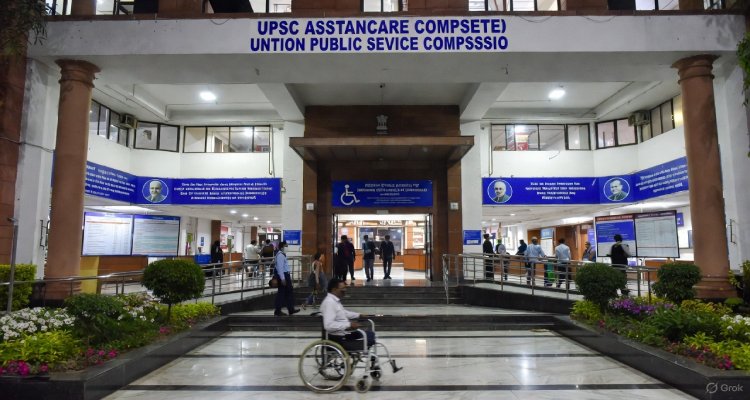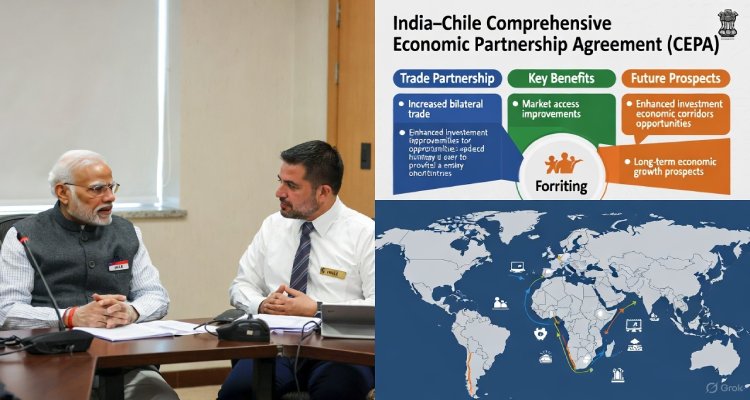India’s Semiconductor Leap: A Game-Changing US Partnership for Strategic Autonomy
India and the United States have signed a landmark agreement to establish a semiconductor fabrication plant in India, a major step towards technological self-sufficiency. This deal will revolutionize India’s microelectronics capabilities, support national security, and strengthen US-India ties.
In a strategic move poised to reshape India’s future in technology and defence, a groundbreaking agreement has been made to establish a new semiconductor fabrication plant in India. The deal, announced following a meeting between Indian Prime Minister Narendra Modi and US President Joe Biden, represents a significant leap forward in India’s quest for self-sufficiency in chips and micro-electronics. This move not only strengthens India’s position in global supply chains but also paves the way for increased technological autonomy, particularly in areas critical to national security.
Semiconductor Power: The Heart of Modern Warfare
The importance of semiconductor technology cannot be overstated. In the Cold War, the ability to miniaturize computing power was a key factor in determining victory. Today, the race for semiconductor dominance will once again divide nations into strategic “haves” and “have-nots.” In the digital age, much like industrial-era arsenals, a nation’s strength is measured by its chip fabrication capabilities. Every advanced technology—from national security systems to modern telecommunications—depends on the sufficiency of both the quantity and quality of semiconductors.
This new India-US agreement is critical in this context. The semiconductor fabrication plant, to be established with collaboration from Bharat Semi, 3rdiTech, and the US Space Force, will focus on advanced sensing, communications, and power electronics. These technologies are essential for national security, next-generation telecommunications, and even the green energy transition.
Building Self-Sufficiency in Semiconductors
As of 2024, global semiconductor sales stand at an impressive $526.8 billion. This booming industry fuels downstream applications in artificial intelligence (AI), big data, and the production of nearly every modern device. India’s efforts to join the global semiconductor elite are vital for securing a competitive edge in producing innovative products.
However, despite 20% of the world’s semiconductor workforce being located in India, the country has long served as a back-end hub for foreign companies, providing design and services but not manufacturing. In 2023, India’s chip imports reached a staggering $110 billion, and the defence sector alone spends over ₹8,000 crore annually on semiconductor imports. The new fabrication plant could mark the turning point in converting this dependency into a historic opportunity for strategic autonomy.
A Strategic Milestone in US-India Relations
The partnership between Bharat Semi and 3rdiTech, alongside the US Space Force, is nothing short of monumental. This collaboration will create India’s first Indo-US semiconductor fab, focused on national security and advanced warfighting capabilities. What sets this deal apart is the involvement of the US military, which will provide technological support for the project. This landmark agreement not only advances India’s defence infrastructure but also addresses next-generation telecommunications and the broader challenge of transitioning to green energy.
India’s ambition to become a defence powerhouse and a leader in critical technologies is evident. The deal also serves a greater geopolitical purpose—providing secure, resilient supply chains for partners in the Indo-Pacific and even the Global South. As these partnerships expand, India positions itself as a trusted leader in cutting-edge semiconductor technology.
A New Era for India’s Defence Industry
One of the most significant outcomes of this deal is the infusion of private sector innovation and entrepreneurial drive into India’s defence industry. Initiatives like iCET, signed by Modi and Biden in 2022, laid the groundwork for these types of collaborations, with a vision to unleash the potential of start-ups in both nations. The new semiconductor fab is a direct result of this effort, representing a fusion of private enterprise and government strategy.
The timing of this agreement also holds legacy implications for both leaders. Modi’s bold vision has secured India access to previously denied technologies, while Biden delivers on his commitment to fostering critical technology partnerships. This collaboration represents the dawn of a new era in US-India relations, one defined by technological cooperation and shared strategic goals.
The Road Ahead for Indian Technology
The signing of this agreement will likely be remembered as a pivotal moment in India’s journey towards technological self-reliance. The semiconductor fab promises to revolutionize India’s defence capabilities, secure its telecommunications infrastructure, and help lead the green energy transition. With the support of cutting-edge technology and strategic international partnerships, India is poised to become a major player in the global semiconductor market.
Also Read: AI Ethics Takes Center Stage: Why Tech Leaders Prioritize It in 2025










